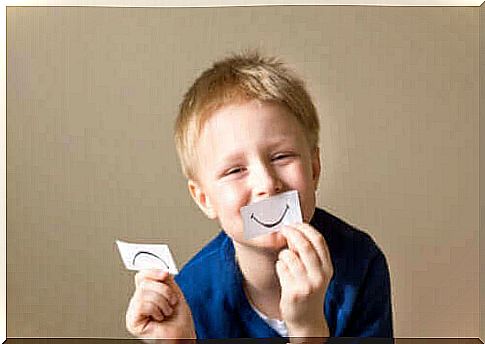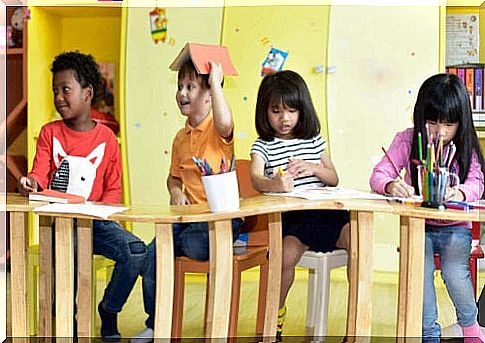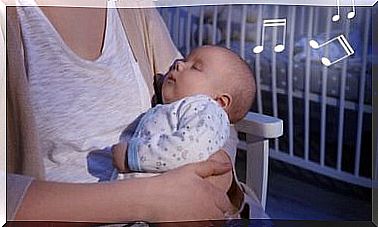Using The Emotion Thermometer In Teaching

Working with emotional intelligence from the first years of life is fundamental to children’s proper development. Both at home and at school, parents and educators need to teach children to identify, express, and understand their emotions. Fortunately, these days there are many useful educational resources to achieve this goal, such as the emotion thermometer.
Want to know what this activity consists of and how you can put it into practice in the classroom? In the next sections we will tell you everything you need to know about this topic.
The Emotion Thermometer: An Ideal Resource for Teaching Emotional Intelligence
The emotion thermometer is a very simple and visual educational resource. Even the youngest children can understand the comparisons between the temperature, marked by a thermometer, and the intensity of the emotions they themselves feel.

By using the thermometer, which is divided into two different, colored sectors, children can identify and place their own state of mind on a simple scale. They can indicate whether they are very happy, happy, calm, nervous, upset, sad or even angry.
Because of this , it is an ideal educational, fun resource for working with basic emotions in the classroom, especially with the following students:
- From infant education
- From the first years of primary school
- Children who have difficulty communicating verbally and expressing and acknowledging their own and other people’s feelings. This could be, for example, children with autism spectrum disorder (ASD).
Steps to practice this activity in the classroom
The first thing you need to do to perform the activity with the emotion thermometer is to place a drawing of a thermometer, either on a piece of paper or a piece of cardboard, in a visible place in the classroom. Next to this you need to place a series of pictures or photographs with different faces. It should be faces that clearly represent the different emotional states that children may experience.
The teacher must then explain to the students that this is a special thermometer. The person must make it clear that it is different from a normal thermometer used to measure temperature. Next, the teacher can move on to show that this can measure emotions that the children feel at any given time during the day. How? Very simple. Take a look at these steps:
Steps to take
- At any time during the lesson, children can ask the instructor for permission to get up from their seat and go to the corner of the classroom where the emotion thermometer is located. Here they can express how they feel.
- The children must then choose the photo with a face that best represents the feeling they are experiencing at this moment. In doing so, they can choose between very happy, happy, calm, nervous, upset, sad or angry.
- The students must then place this face on the emotion thermometer. The highest temperature represents the most negative emotions.
- The teacher should encourage the students to explain to the rest of the class why they feel this way if the teacher considers it appropriate.
Likewise , the teacher can also participate in the activity. He can pave the way and share his own feelings and state of mind with his students.

Benefits of using the emotion thermometer in teaching
Placing an emotion thermometer in the classroom has many benefits, as it allows children to:
- Identify and acknowledge their own emotional state
- Reflect on the origin of their own emotional state
- Regulate and control their emotions
- Understand the feelings of others
- Actively listen to other people’s experiences
- Develop empathy
- Understand that their emotional state varies and will change throughout the day
- Expand their emotional vocabulary
In short , with this simple exercise, we can promote children’s interpersonal and intrapersonal intelligence. In this way, children can grow up with an awareness of the importance of expressing and understanding their own and other people’s feelings. We sense this to be a fundamental factor in helping children achieve proper, integral development.







